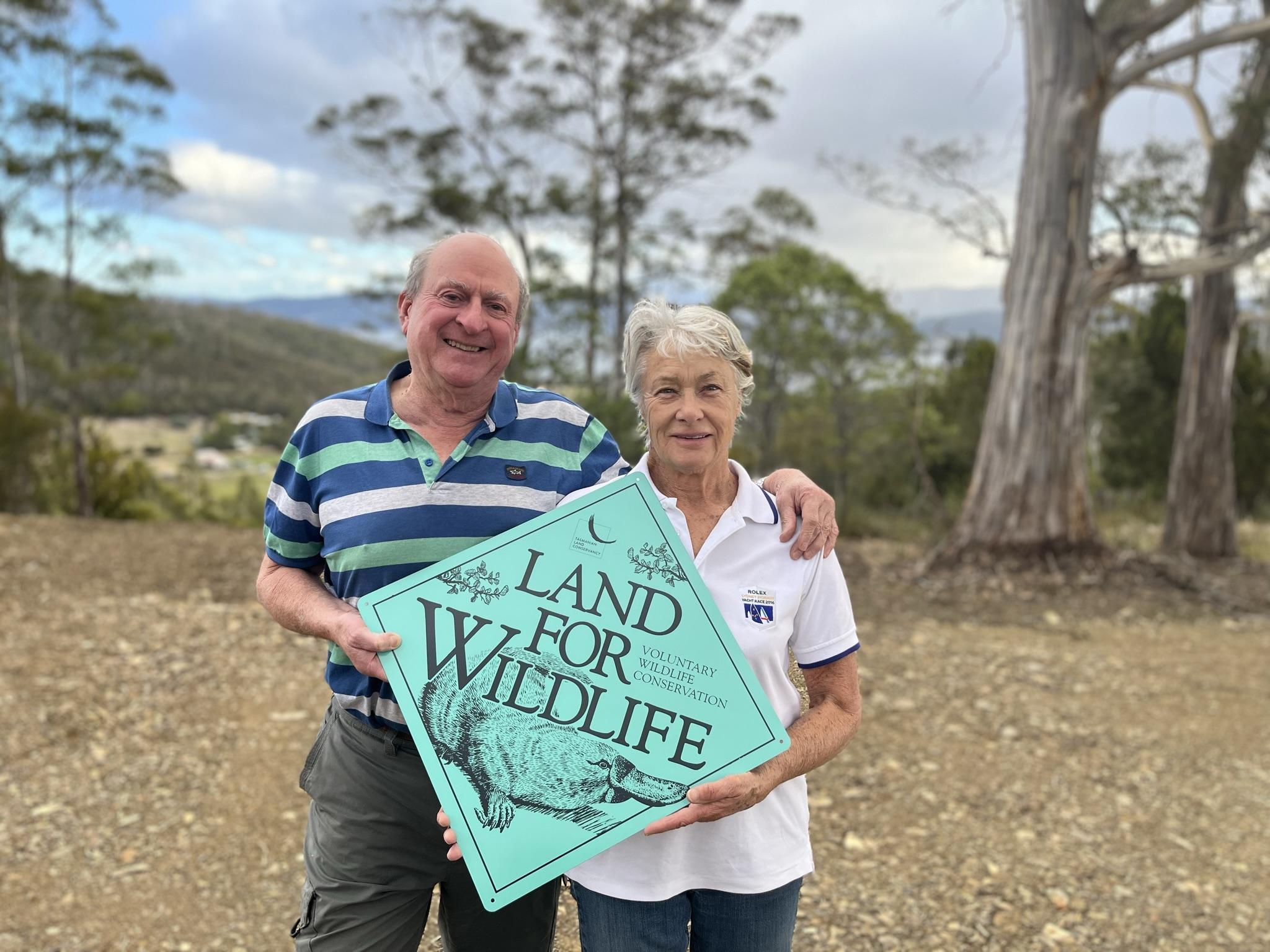Project start date: 01/10/2023
Project end date: 31/12/2026
NESP funding: $537,000 (GST-exclusive)
As part of its commitment to the Kunming–Montreal Global Biodiversity Framework, the Australian Government has key goals and targets that specifically acknowledge the importance of protecting, conserving and managing land and water effectively.
Meeting these goals will mean including ‘other effective area-based conservation measures’ (OECMs) alongside protected areas to meet the target that, by 2030, 30% of land and sea areas are effectively conserved and managed.
This project is reviewing private-land conservation programs against the draft Australian OECM framework criteria to identify the types of programs that are likely to qualify. Based on this review, programs that are near OECM standard but that fall short on key criteria, such as actively managing for biodiversity outcomes, will be considered for place-based research.

Land for Wildlife participants. Photo: Phil Wise.
Within programs, this research is designing and deploying interventions to support landholders to manage their land consistent with OECM criteria and track the outcomes of this management over time to demonstrate enduring biodiversity outcomes. If this project yields positive results, these interventions may be added to broader private-land conservation programs.
Key research areas
To address the challenges of meeting the Australian Government’s commitment to the Kunming–Montreal Global Biodiversity Framework, this project is:
Project leader
The project is being led by Associate Professor Vanessa Adams from the University of Tasmania and Dr Diane Jarvis from James Cook University. This project will contribute to 2 cross-cutting initiatives:
Contact
For further information, contact vm.adams@utas.edu.au, diane.jarvis1@jcu.edu.au or nesplandscapes@uwa.edu.au.
Research users
People